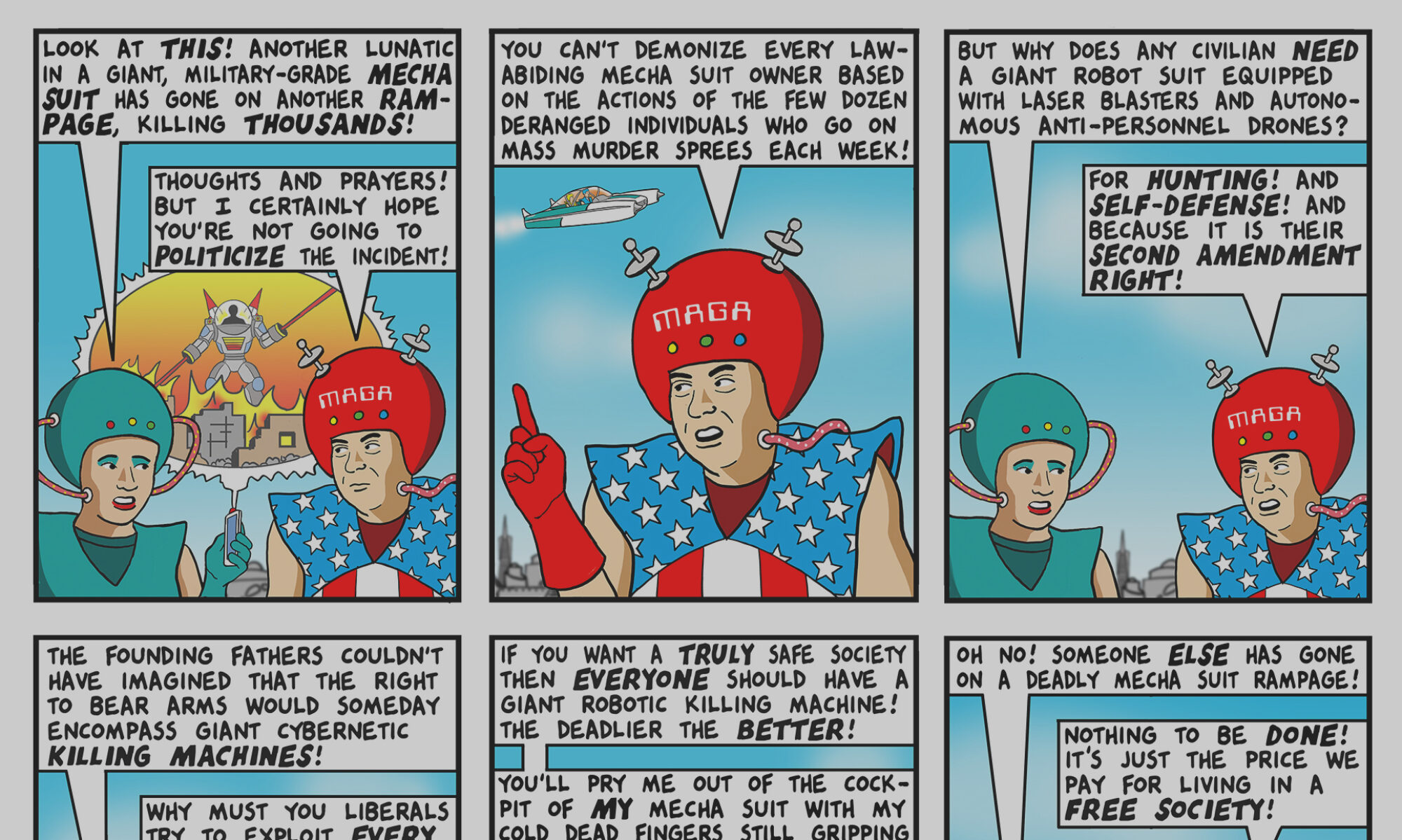Billmon is going to be on the radio tonight:
I’m supposed to be on a program called Open Source Radio this evening talking about one of my personal heroes — the late, great independent journalist I.F. (“Izzy”) Stone…
Open Source’s host, Chris Lyndon, tells me tonight’s guests will include former Washington Post reporter Myra MacPherson, who just published a biography of Izzy, and former Washington Post national editor (and Stone intern) Peter Osnos, who’s edited a new compilation of Izzy’s articles, The Best of I.F. Stone…
MacPherson and Osnos are supposed to discuss Izzy’s life and times, then I’ll come on for a few minutes and bloviate about Izzy and the blogisphere — i.e. are bloggers the true and legitimate heirs to Stone’s stubborn independence, or just a feral pack of blogfascists in search of a few cheap thrills?…
Anyway, if you want to listen in, here’s a list of public radio stations that carry the program. The podcast link is on the same page (itunes required).
I’m genuinely curious to hear what Billmon sounds like. What I think would be great is if everyone listens and it’s clear he’s actually Joe Lieberman, filling an anonymous blog with all the razor-sharp progressive political analysis his handlers won’t let him say out loud.
